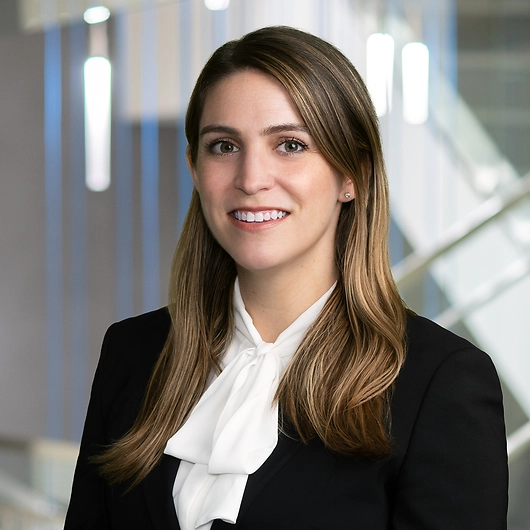The U.S. Department of Labor has again updated its compliance assistance for the Families First Coronavirus Response Act (“FFCRA”), in the form of “Questions and Answers.” This post summarizes the most recent Questions and Answers. Previous summaries can be found here and here.
Some of the newest answers include the following:
- Question 60: Clarifies that shelter-in-place and stay-at-home orders can qualify as federal, state, or local quarantine or isolation orders for purposes of leave under FFCRA.
- Question 61: Clarifies that an individual is eligible for paid sick leave due to the need to self-quarantine, if a health care provider directs or advises the worker to stay home or otherwise quarantine, and quarantine prevents the individual from working (or teleworking).
- Question 62: States that an individual generally is not eligible for paid sick leave, even if exhibiting symptoms of COVID-19 and self-quarantining, without seeking a medical diagnosis or the help of a health care provider.
- Questions 63-65: States that an employee may take paid sick leave to care for someone subject to a quarantine or isolation order, or who has been advised by a medical professional to self-quarantine, only if that person genuinely needs the employee’s care. An employee may take leave only to care for an immediate family member, someone that resides with the employee, or someone with whom the employee has a relationship that creates an expectation of care.
- Question 68: Confirms that a “child care provider” includes not only paid child care providers, such as nannies, au pairs, and babysitters, but also unpaid individuals who provide care on a regular basis, such as grandparents, aunts, uncles, or neighbors.
- Question 70: Confirms that a child’s school or place of care is considered “closed” if it is physically closed, even if the school provides online or other form of “distance learning.”
- Questions 71-72: State that while an employee may take paid sick leave to care for someone else’s child under certain circumstances, an employee may not take expanded FMLA leave to care for someone else’s child.
- Question 75: Provides four steps to calculate the daily amount you must pay a seasonal employee with an irregular schedule who takes paid sick leave or expanded FMLA leave:
-
- Calculate how many hours of leave the seasonal employee is entitled to take each day by determining the average number of hours each day that he or she was scheduled to work over the period of employment, up to the last six months.
- Calculate the seasonal employee’s regular hourly rate of pay by adding up all wages paid over the period of employment, up to the last six months, and then dividing that sum by the number of hours actually worked over the same period.
- Multiply the daily hours of leave (step #1) by the regular hourly rate of pay (step #2) to compute the base daily paid leave amount.
- Determine the actual daily paid leave amount, which depends on whether the leave taken is paid sick leave or expanded FMLA leave, and the reason for the leave.
- Question 76: States that an employee may not receive paid sick leave or expanded FMLA leave while receiving workers’ compensation or temporary disability benefits, unless the employee has returned to light duty and a qualifying reason prevents the employee from working.
- Question 77: States that if an employee is on a voluntary, employer-approved leave of absence, the employee may end the leave of absence and begin taking paid sick leave or expanded FMLA leave if a qualifying reason prevents the employee from working (or teleworking). But an employee on a mandatory leave of absence may not take paid sick leave or expanded FMLA leave.
- Questions 78-79: Confirms that the DOL will not bring enforcement actions for violations of the FFCRA occurring within the first 30 days of enactment (e, March 18 through April 17, 2020), provided that the employer has made a reasonable, good faith effort at compliance. This limited period of non-enforcement, however, does not excuse employers from failing to comply with the FFCRA during this time.
Blog Editors
Authors
- Member of the Firm
- Member of the Firm
- Member of the Firm
- Board of Directors / Member of the Firm



